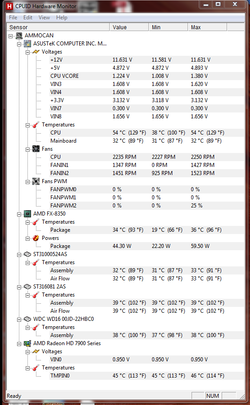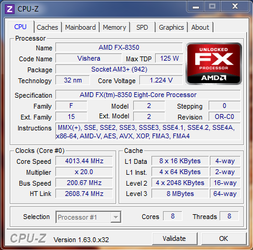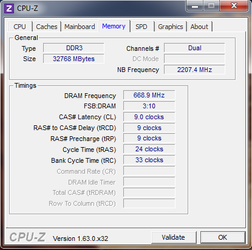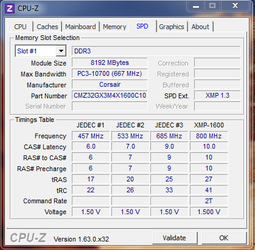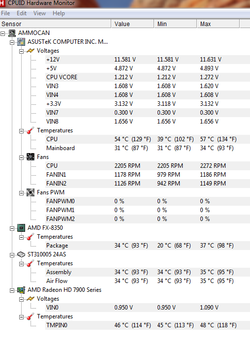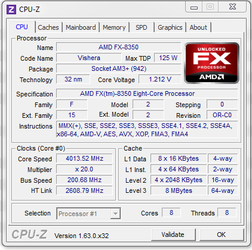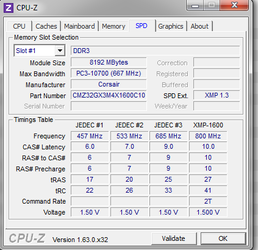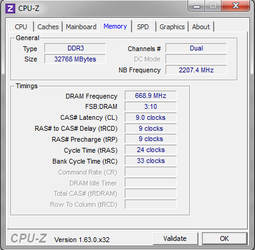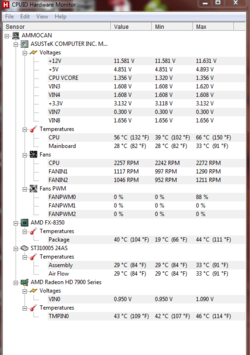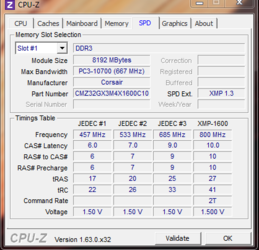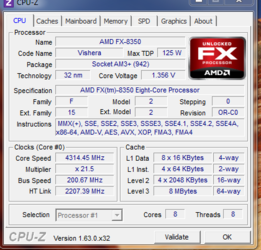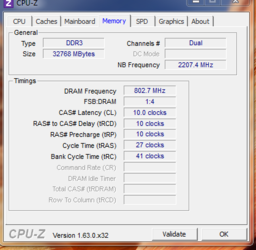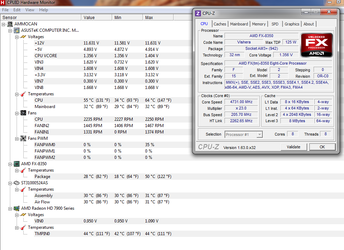All new to this stuff, but so far it has been fun. I just built a new p/c from a bare case up and it works great. I have not overclocked it yet, been too busy. Here's what I have so far;
-Corsair Vengeance Series C70 Military Green Steel ATX Mid Tower Computer Case
Corsair H100i liquid cooling
Corsair Vengeance DDR3, 32 Gb
AMD FX-8350
XFX-R 7950 Ghost
Corsair HX1000W P.S.
ASUS M5A99FX PRO R2.0
Windows 7
1Tb Seagate HD
ASUS Wifi Card
and some other stuff
Any recommendations or warnings before I start messing with the voltage?
-Corsair Vengeance Series C70 Military Green Steel ATX Mid Tower Computer Case
Corsair H100i liquid cooling
Corsair Vengeance DDR3, 32 Gb
AMD FX-8350
XFX-R 7950 Ghost
Corsair HX1000W P.S.
ASUS M5A99FX PRO R2.0
Windows 7
1Tb Seagate HD
ASUS Wifi Card
and some other stuff
Any recommendations or warnings before I start messing with the voltage?
